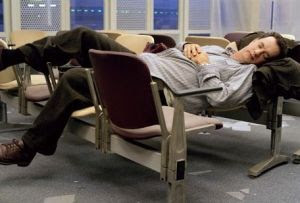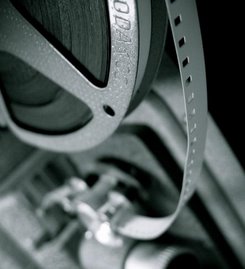
Film Title: Rashomon
Year: 1950
MPAA Rating: PG-13
Length: 88 minutes
Film Genre(s): Crime, Drama, Mystery, Thriller, Foreign
Director(s): Akira Kurosawa
Producer(s): Minoru Jingo, Masaichi Nagata
Writer(s): Ryunosuke Akutagawa (story, from "Rashomon" and "In a Grove"); Akira Kurosawa, Shinobu Hashimoto (screenplay)
Players:
Toshiro Mifune as Tajomaru
Machiko Kyo as Masako
Masayuki Mori as Takehiro
Takashi Shimura as the Woodcutter
Minoru Chiaki as the Priest
Kichijiro Ueda as the Commoner
Plot: The account of a murder from four different perspectives.
Acting: There is a lot of overacting in the movie, but it seems to be there for a reason. The characters in the story are each telling a version of a story. These stories are not perfect reality, so in the telling many things are embellished and many things are added and deleted. Shimura shines in this movie as he does in many other films.
Cinematography: A classic, pure and simple. Several of the shots from this movie have been copied ever since. Kazuo Miyagawa was a master of the camera. An early scene with the woodcutter walking through the woods is an example of his skill. Miyagawa constructed a long rail and caught a lengthy stroll with one shot. A moment later the camera stands still as Shimura walks into view and back out on a 180 degree pan. Geometry is an easily recognized aspect. People standing in triangular formation reveals tension between characters and causes tension for the viewer.
Visual: Several of the film's visual aspects were painstankingly created by Kurosawa and Miyagawa. Shadows and lighting were particularly difficult. The shadows of leaves on faces were created by reflecting light off a mirror through tree branches.
Audio: 1950...what can you say.
What to watch for: Shimura and Mifune; a unusual story that you'll probably need to watch twice.
What to watch out for: Allusion to rape; some offscreen violence.
When I watched it last: A few nights prior to review
IMDB User Rating: 8.5 out of 10; #64 on the top 250 movies of all time as voted by users
Roger Ebert Rating: Included in his list of "Great Movies" (his top honor); "The real gift of Rashomon is in its emotions and visuals."
The Cinema Standard Overall Score: 8.0 out of 10; See what inspired so many directors, producers and writers.
- - Reveiwed by JB











